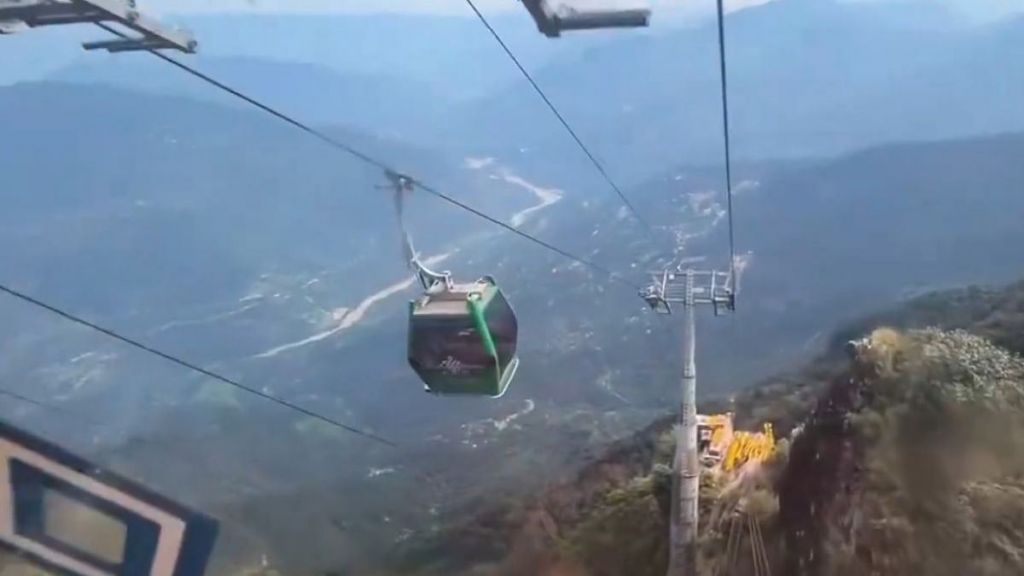
Gangtok: In a move to address urban traffic challenges and to boost tourism, the Sikkim government has unveiled a plan to introduce a modern aerial ropeway system in Gangtok, an official statement said on Thursday.
The initiative, discussed during a high-level meeting chaired by Chief Minister P S Tamang during the day, aims to transform the city's transport infrastructure and provide a sustainable alternative to traditional road-based commuting.
The meeting, attended by officials from the Urban Development Department (UDD), key stakeholders and potential investors, focused on the implementation of the ropeway project under the Sikkim Ropeway Act, 2023.
Gangtok, the state capital, has been grappling with increasing traffic congestion due to rising private vehicle ownership, limited road space, and longer trip lengths. The ropeway system is expected to alleviate these issues while enhancing the city's aesthetic appeal and accessibility, it said.
UDD Briefs CM On Ropeway Project Benefits
The UDD presented a detailed briefing to the chief minister, highlighting the necessity, feasibility, and benefits of the project. The presentation included traffic data, groundwork assessments, and future projections, emphasising the ropeway's potential to improve mobility, reduce congestion, and support local livelihoods through job creation.
The project, named Golden Jubilee Cable Car in honour of Sikkim's 50 years of statehood, will be developed under a public-private partnership (PPP) model with a revenue-sharing framework and annual fixed financing, it said.
The ropeway system is envisioned as a scenic, efficient, and eco-friendly mode of transport that will cater to both residents and tourists. By reducing reliance on road-based vehicles, the project aligns with Sikkim's commitment to sustainable urban development and innovative transport solutions, the statement said.
Once operational, the Golden Jubilee Cable Car is expected to position Gangtok as a model city for urban transport in the region, setting a benchmark for other states to follow.
The next steps involve the preparation of a Detailed Project Report (DPR), which will outline the technical and financial aspects of the initiative, it added.
Disclaimer: This is a syndicated feed. The article is not edited by the FPJ editorial team.